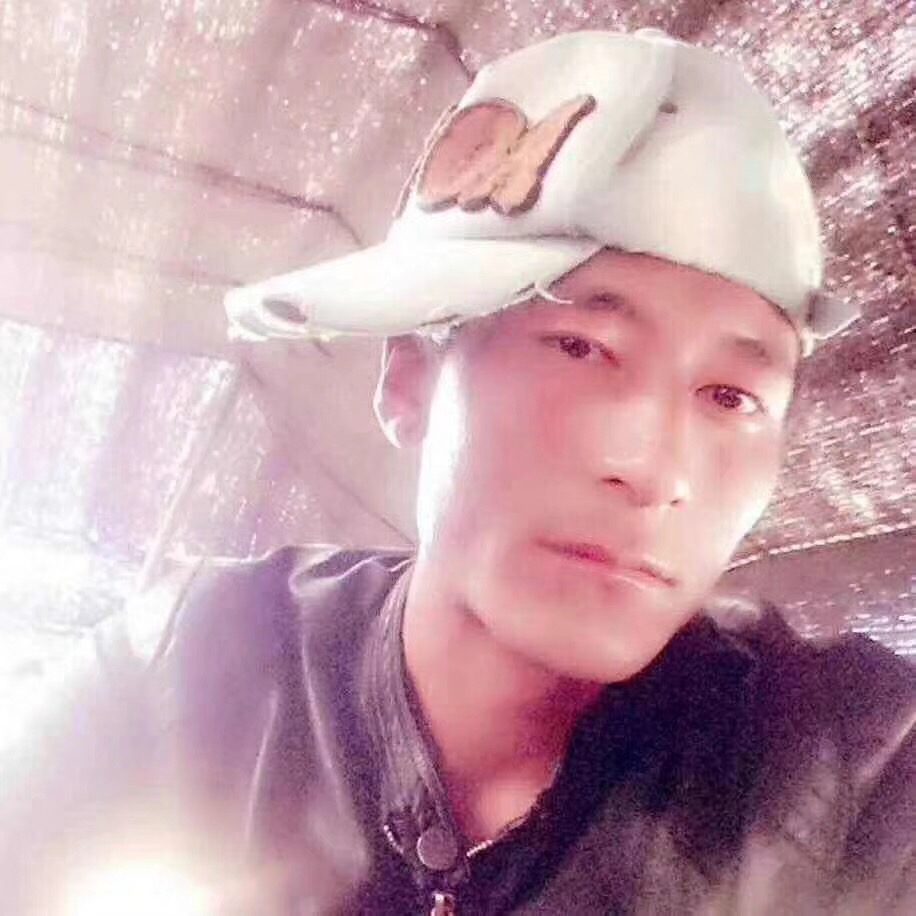
A Tibetan man succumbed to burn injuries early morning on 24 December after he committed self-immolation to protest repressive policies of the Chinese government in Tibet. Meanwhile Chinese authorities have detained the deceased’s father on unknown charges.
Konpey, 30, carried out the self-immolation protest at around 6 pm on 23 December in Ngaba County town in Ngaba (Ch: Aba) Tibetan Autonomous Prefecture, Sichuan Province, in the Tibetan province of Amdo. A 6-second video footage that has become available on social media shows Konpey wrapped in flames and running while a Tibetan woman witnessing the scene is heard crying and supplicating to His Holiness the Dalai Lama: “Your Holiness Tenzin Gyatso, please keep him in your prayers! ” Other onlookers are heard shouting, ‘Kyi Hi Hi ’, a cry of protest, defiance and resistance in the Tibetan tradition. The force of the fire was so strong that it drowned the exact slogans shouted by Konpey.
Not long after, local police officers arrived at the scene and doused the fire before taking Konpey to the prefectural capital of Barkham where he was hospitalised at around 10 pm. Konpey died the next morning at around 5. Local authorities later handed over Konpey’s ashes to the deceased’s family members. A prayer ceremony was conducted at the deceased’s home.
Sources told TCHRD that local police detained Konpey’s father Gyakyab on the pretext of settling accounts related to the deceased’s medical treatment. Until the evening of 25 December, Gyakyab was still in police custody in Barkham. His current condition remains unknown due to communication clampdown. It is common for Chinese authorities to detain family and relatives of a self-immolator without charge for indefinite period.
Over the years, Chinese authorities have commonly used arbitrary detention and collective punishment as tools to deter self-immolation in Tibet. Since at least 2012, Tibetan households and villages have been punished because of self-immolations or for peacefully protesting against Chinese government. Local directives issued in Tibetan areas require that a self-immolator’s relatives, village and monastery be subjected to collective punishment. Previous directives had prohibited and punished people from greeting, offering condolences or giving donations to the family of a self-immolator. Furthermore, the directives require the cancellation of public benefits for the self-immolator’s household and projects using government money. Township level officials would be investigated, barred from promotion for a year and subjected to public criticism. In places where there occur multiple self-immolations, the township would have all government-funded projects cancelled for three years.
On 24 and 25 December, all shops, restaurants and other enterprises owned by Tibetans in Ngaba County remained closed in a show of respect and solidarity to Konpey and his family.

TCHRD calls for the immediate and unconditional release of Mr Gyakyab from police custody and urges the Chinese authorities to refrain from harassing and detaining other family members and relatives of Mr Konpey. Chinese authorities must abandon oppressive measures to silence and intimidate self-immolators and other protesters and work towards addressing the root cause of these protests, that is, the repressive policies in Tibet.
Konpey was a resident of Chugle Gongma village in Cha (Chinese: Jia) Township, Ngaba County. He is survived by his parents, three sisters, and two brothers both of whom are monks at the local Kirti Monastery. Konpey is a former monk from Kirti Monastery. More than a year ago, he had married Kalsang Lhamo and the couple had set up their home in Lhamo’s native village of nomadic camp no. 2 in Meuruma Town, Ngaba County. Konpey became the 152nd known Tibetan to carry out self-immolation in Tibet. The total number of known self-immolation in and out of Tibet now stands at 162.
